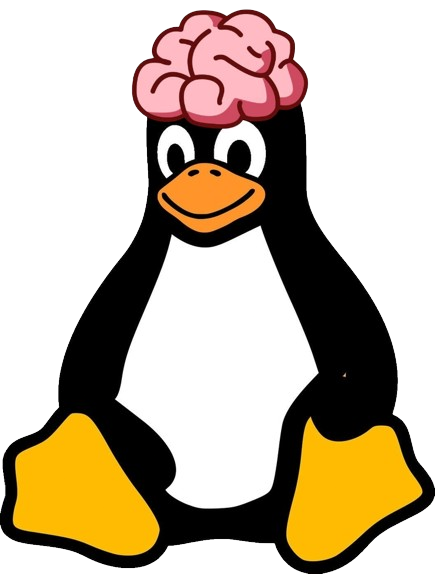A music arrangement transformer for any song, any instrumentation
01 Jan 2023Music and programming may seem like distant cousins, but they share common ground in their reliance on patterns, logic, and creativity. Yet, while programmers often delve into the intricacies of code, music composition remains a largely unexplored realm, confined to those with extensive training or a natural inclination. It’s a lamentable truth that many STEM students, once avid musicians, abandon their instruments as academic pressures mount. The demands of coursework overshadow the joy of creating melody, leaving music relegated to a pastime rather than a pursuit. Also, I know this article categorization may be a stretch, but music is literally non-programming.
DISCLAIMER: Most of this rough draft was written by GPT-4 given my ideas. As such, the content is incomplete and factually ungrounded. Please check back in 2 weeks for the full version now that I have free time.
Enter Scribe, a transformative tool bridging the gap between music and technology. Scribe is not just another notation software but a revolutionary music arrangement transformer. Its mission: to liberate music from the confines of complex theory and composition software, making it accessible to all. Powered by advanced machine learning algorithms, Scribe takes a segment of any song from YouTube and seamlessly translates it into sheet music for any desired instrumentation.
Imagine the possibilities. No longer do musicians need to possess the elusive skill of playing by ear or spend hours laboring over notation software. With Scribe, the process becomes effortless. Whether you’re a trombonist craving sheet music for a beloved song or a composer seeking inspiration from diverse genres, Scribe opens doors to creativity previously thought inaccessible.
At the heart of Scribe lies a sophisticated transformer model trained on a vast dataset of YouTube songs paired with MuseScore sheet music. The model’s ability to discern and recreate musical nuances is nothing short of remarkable, thanks to synchronization techniques borrowed from seminal research in the field. Through this marriage of technology and artistry, Scribe empowers musicians of all levels to explore, interpret, and create music with unprecedented ease.
Consider the plight of a trombonist longing to play their favorite songs. Transcribing each note by hand is a Herculean task, requiring not only technical prowess but also a deep understanding of music theory. Yet, with Scribe at their fingertips, this daunting challenge becomes a mere trifle. Within moments, the desired sheet music materializes, tailored to the unique timbre and range of the trombone choir.
But Scribe is more than just a tool for transcription; it’s a catalyst for innovation. By democratizing music arrangement, Scribe fosters collaboration and experimentation across genres and disciplines. Imagine a world where artists, engineers, and educators converge to explore the intersection of technology and creativity. With Scribe as their guide, the possibilities are limitless.
As we journey into this brave new world of musical exploration, one thought lingers: What if Scribe could not only transcribe existing songs but also generate entirely new compositions based on user input? What if users could collaborate with Scribe in real-time, co-creating melodies that defy convention and inspire awe? The convergence of AI and music holds untold potential, waiting to be unlocked by those bold enough to venture forth.
